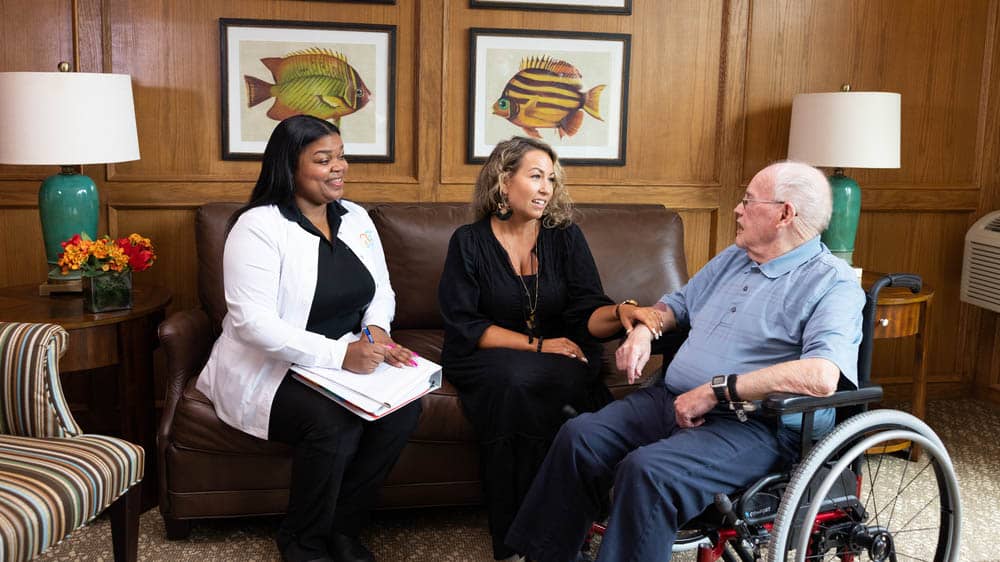

Retail Market’s New Niche: Aging Baby Boomers
Easy-grip snack canisters. Insole-supportive footwear. Meal kits with heart-healthy and low-sugar foods. Retailers are scrambling to roll out new or improved products and services to the fast-growing 50-plus market. Giants and startups in the consumer products and services industries are re-engineering and shifting much of their brand focus from hip millennials to the groovy generation who first embraced rock ‘n’ roll, Barbie® dolls and bell-bottom jeans.
Just how big is the U.S. baby boomer market? Since more than 70 million baby boomers will reach age 65 over the next decade, manufacturers and retailers across widespread industries are accelerating their efforts to produce and sell goods and services geared specifically for seniors, who will control 70 percent of America’s disposable income by 2022, according to Nielsen Media Research.
Products Tailored for the Longevity Market
AARP notes that the over-50 demographic, known as the longevity market, accounts for $7.6 trillion in economic activity. Many a boomer who still owns and uses vintage favorites such as a Hoover bag vacuum or percolator coffee pot has ample money to invest in senior-friendly items that take into account an older person’s mobility, dexterity and myriad of health conditions.
The Gillette® Treo is the first razor with an extra-wide handle and redesigned blades to assist caregivers in shaving the aging, delicate skin of older adults who can no longer safely use a traditional razor. The Treo includes a tube of clear gel that solves the need for access to shaving cream or running water.
The senior-friendly Jitterbug phone features extra-large screens and buttons and offers an emergency alert to summon first responders. Other products designed for elderly consumers include combs and hairbrushes with easy-grip extendible handles, sensor-fitted shoes that can detect falls, three-wheeled excursion motorcycles, and adult tricycles complete with a roomy carrying basket.
Retailers Adapting Packaging and Stores
To help older consumers read product labels more clearly, a number of companies have retooled their packaging with larger print. Arm & Hammer® increased packaging print size by 20 percent on their cat litter and added easier-to-read contrasting colors to the labeling. CVS Caremark Corp. has lowered shelving by eight inches and changed to carpeting throughout its stores to help prevent slipping on slick floors. Walgreen Co. places magnifying glasses near products like over-the-counter medicines and household cleaners to allow older customers to read the fine print better on products. A number of manufacturers are no longer using blues and yellows in their product packaging; these colors can be difficult for older eyes to see distinctly.
By 2030, when more than one in three Americans will be age 50, what will the upsurge in retail products and services include then? A personal robot butler in every home that not only fetches things for you but also can play a mean game of chess? Self-driving cars that also mow the lawn and take out the trash? The sky’s the limit on creating products and services to help older adults.







